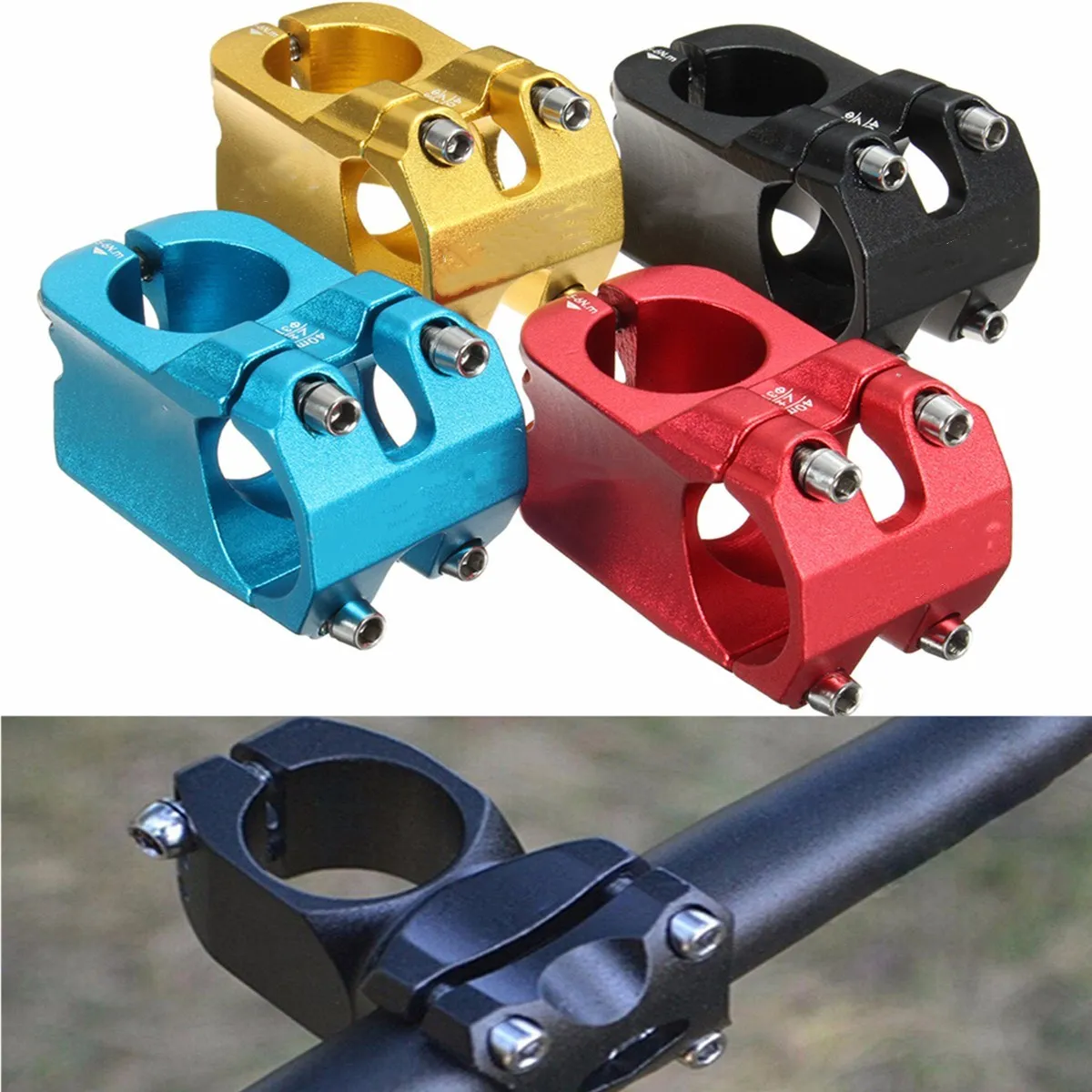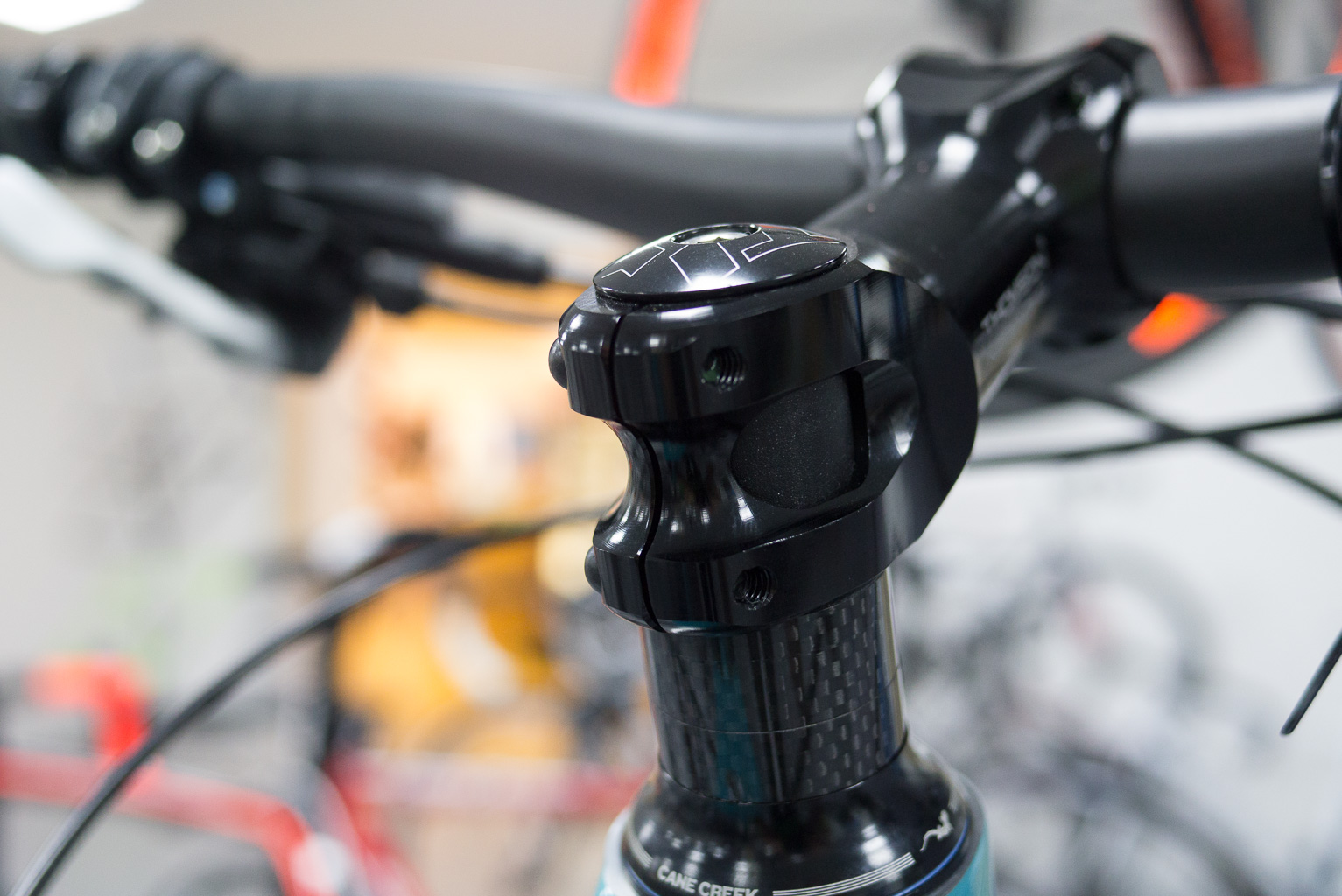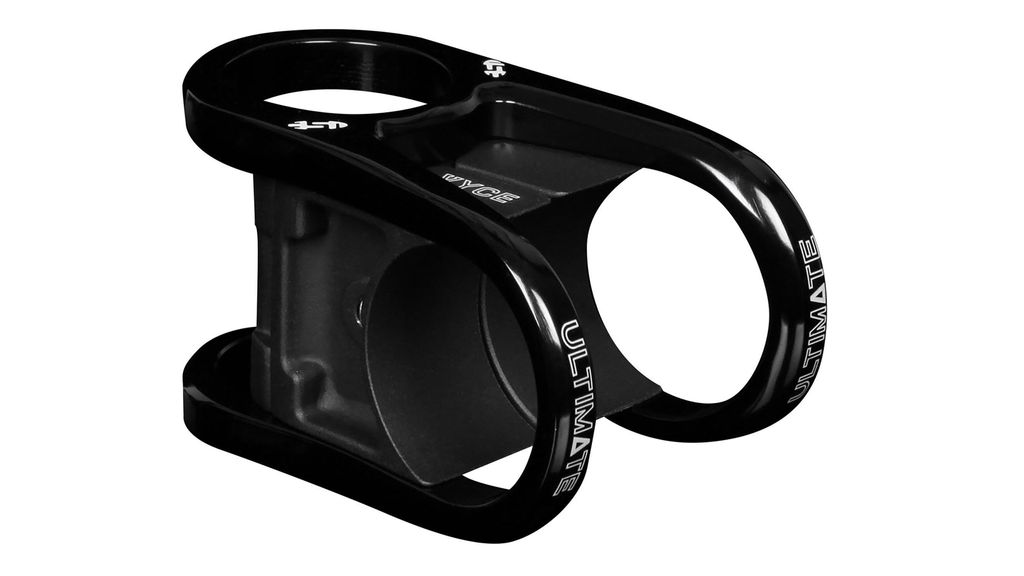What is a Shorter Mountain Bike Stem?
A shorter mountain bike stem is a bike component designed to improve bike handling and control, especially in technical terrains. Typically, the length of a shorter stem ranges between 30 to 70 millimeters, which is shorter than the traditional 90 to 130 millimeters long stems. This reduction in stem length brings the handlebars closer to the rider, allowing for quicker steering reactions and a more responsive ride.
Why Choose a Shorter Mountain Bike Stem?
Mountain bikers often choose a shorter mountain bike stem for improved handling and increased responsiveness on the trails. By reducing the distance between the rider and the handlebars, a shorter stem allows for quicker steering adjustments and a more agile ride. This can be particularly beneficial in technical terrains, where precise bike control is crucial.
A shorter stem can also contribute to a more comfortable riding position, as it reduces the strain on the upper body and neck. By bringing the handlebars closer, riders can maintain a more upright posture, which can help prevent fatigue and discomfort during long rides. However, it’s essential to consider potential drawbacks, such as increased steering effort and potential compatibility issues with certain bike frames or fork designs.
Popular Shorter Mountain Bike Stem Models
When it comes to shorter mountain bike stems, several models stand out due to their innovative features, high-quality materials, and positive user reviews. Here are some popular options:
- Race Face Aeffect R 35: This stem is made from 6061 aluminum alloy and features a 35mm clamp diameter. It is available in lengths ranging from 30 to 50mm and has a 0-degree rise. The Race Face Aeffect R 35 offers a robust and lightweight solution for aggressive trail and enduro riding styles.
- PRO Tharsis XC: Designed for cross-country riding, the Tharsis XC stem is lightweight and strong. It is made from 7050 aluminum alloy and is available in lengths from 60 to 100mm. The PRO Tharsis XC features a 31.8mm clamp diameter and a 0-degree rise, making it an excellent choice for riders seeking a minimalist and aerodynamic option.
- Syntace Mega Force 2: Known for its durability and adjustability, the Syntace Mega Force 2 stem is a favorite among many mountain bikers. It is made from forged and CNC-machined aluminum alloy and is available in lengths from 40 to 130mm. The Syntace Mega Force 2 features a 31.8mm clamp diameter and a -6 to +17-degree rise, allowing for a wide range of handlebar height adjustments.
These are just a few examples of the many shorter mountain bike stem models available on the market. Prices can range from around $30 to over $150, depending on the materials, features, and brand reputation. When selecting a stem, consider factors such as your riding style, bike type, and budget to ensure the best fit for your needs.
How to Choose the Right Shorter Mountain Bike Stem
Selecting the ideal shorter mountain bike stem for your needs involves considering several factors. Here’s a step-by-step guide to help you make the right choice:
- Assess your riding style and bike type: Shorter mountain bike stems are suitable for various riding styles, including cross-country, trail, enduro, and downhill. Consider your bike’s type (e.g., hardtail, full-suspension) and your preferred riding terrain when selecting a stem.
- Determine the appropriate stem length: Shorter stems typically range from 30 to 70mm. A general rule of thumb is to choose a stem length that allows for a 45 to 55-degree angle between your arms and torso when riding in a comfortable position. This angle helps ensure proper weight distribution and control.
- Consider stem height and angle adjustment: While shorter stems generally have less height adjustment, look for models that offer some flexibility in this regard. Adjusting the stem height and angle can significantly impact your bike’s handling and your riding comfort.
- Select a clamp diameter: Most modern mountain bikes use a 31.8mm or 35mm clamp diameter. Ensure your handlebars and stem are compatible in terms of clamp diameter.
- Compare materials and features: Shorter mountain bike stems are typically made from aluminum alloys or carbon fiber. Aluminum alloy stems are more affordable and durable, while carbon fiber stems are lighter and better suited for high-performance applications. Evaluate the benefits and drawbacks of each material and choose the one that best aligns with your needs and budget.
- Check compatibility with your bike: Ensure the stem you choose is compatible with your bike’s fork steerer tube (e.g., 1 1/8″, 1.5″). Also, verify that the stem’s length, height, and angle adjustment range aligns with your bike’s geometry and your riding preferences.
By following these steps, you can find a shorter mountain bike stem that enhances your bike’s handling, improves your riding comfort, and suits your specific needs.
Installing a Shorter Mountain Bike Stem
Installing a shorter mountain bike stem involves a few steps and requires some basic tools and skills. Here’s a guide to help you through the process:
- Gather necessary tools: To install a shorter mountain bike stem, you’ll need the following tools:
- Allen keys (usually 4mm, 5mm, or 6mm)
- Torque wrench
- Grease or anti-seize compound
- Remove the old stem: Using the appropriate Allen key, loosen the bolts holding the old stem in place. Carefully slide the stem off the fork steerer tube, ensuring not to scratch the tube’s surface.
- Prepare the steerer tube: Before installing the new stem, clean the steerer tube with a cloth to remove any dirt or debris. Apply a thin layer of grease or anti-seize compound to the steerer tube to prevent galling and make future stem removal easier.
- Install the new stem: Slide the new stem onto the steerer tube, aligning the stem’s steerer clamp with the top of the steerer tube. Tighten the top cap bolt to compress the headset and ensure proper alignment. Then, using the appropriate Allen key, tighten the stem’s clamp bolts to the recommended torque specification.
- Attach the handlebars: Slide the handlebars into the stem’s clamp, ensuring they’re properly aligned with the front wheel. Tighten the stem’s faceplate bolts evenly and to the recommended torque specification.
- Check alignment and torque: Double-check that all bolts are tightened to the recommended torque specification and that the handlebars are properly aligned with the front wheel. Ensure the headset is functioning smoothly and that there’s no play in the steering system.
By following these steps, you can successfully install a shorter mountain bike stem, enhancing your bike’s handling and control.
Tuning Your Bike with a Shorter Mountain Bike Stem
After installing a shorter mountain bike stem, it’s essential to adjust your bike’s components and settings for optimal performance. Here’s a guide to help you through the process:
Handlebar height
A shorter stem may require adjusting your handlebar height to maintain a comfortable riding position. You can achieve this by either raising or lowering your handlebar using spacers or a stem riser. Ensure that your handlebars are at a height that allows for a neutral spine and minimal strain on your neck and shoulders.
Saddle position
With a shorter stem, you might need to adjust your saddle position to maintain proper weight distribution and pedaling efficiency. Start by setting your saddle height so that your leg is almost fully extended at the bottom of the pedal stroke. Then, adjust your saddle fore and aft to find the most comfortable and efficient position for your riding style.
Suspension setup
A shorter stem can affect your bike’s suspension performance, especially if you’re moving from a longer stem. You may need to adjust your suspension setup to account for the change in your bike’s geometry. Start by checking your suspension manufacturer’s recommendations for your bike’s new geometry and make any necessary adjustments to sag, rebound, and compression settings.
Test riding and fine-tuning
After making these adjustments, take your bike for a test ride to evaluate how the new stem feels. Pay attention to your bike’s handling, comfort, and overall performance. Make any necessary fine-tuning adjustments to ensure that your bike is set up for your specific riding style and preferences.
By following these steps, you can effectively tune your bike after installing a shorter mountain bike stem, ensuring a comfortable and enjoyable riding experience.
Comparing Shorter Mountain Bike Stems to Traditional Stems
While shorter mountain bike stems offer numerous benefits, traditional stems still have their place in certain scenarios. Here’s a comparison of the two:
Shorter Mountain Bike Stems
Shorter mountain bike stems typically range from 30 to 70mm in length and are designed to improve bike handling and control, especially in technical terrain. They offer better maneuverability, increased responsiveness, and a more comfortable riding position. However, they may require increased steering effort and might present compatibility issues with some bikes or components.
Traditional Mountain Bike Stems
Traditional mountain bike stems usually range from 90 to 130mm in length and are suitable for riders who prefer a more relaxed riding position or have a bike with a more conservative geometry. They offer a more stable ride, reduced steering effort, and better compatibility with various bikes and components. However, they may lack the quick handling and responsiveness of shorter stems in technical terrain.
Scenarios Where a Traditional Stem Might Be More Suitable
A traditional stem might be more suitable in the following scenarios:
- Riders who prefer a more relaxed and stable riding position, especially on long rides or when climbing.
- Bikes with a more conservative geometry, as a longer stem can help balance the bike’s handling and provide a more comfortable riding position.
- Riders who are new to mountain biking or have less experience in technical terrain, as a longer stem can provide added stability and confidence.
Ultimately, the choice between a shorter mountain bike stem and a traditional stem depends on your riding style, bike type, and personal preferences. By understanding the benefits and drawbacks of each option, you can make an informed decision and select the stem that best suits your needs.








